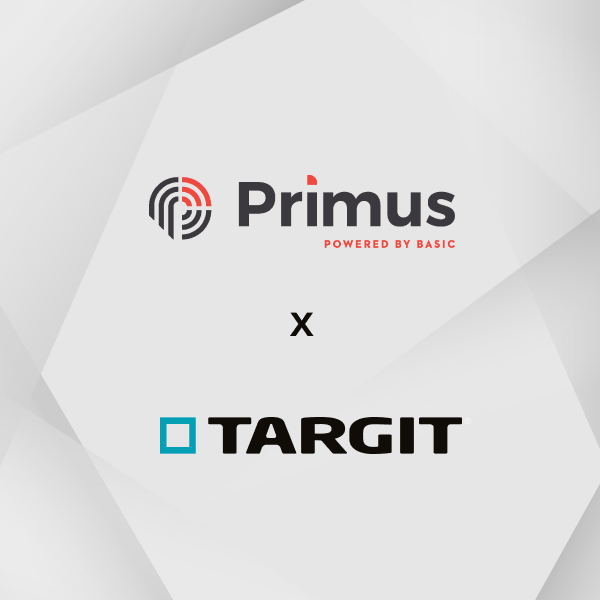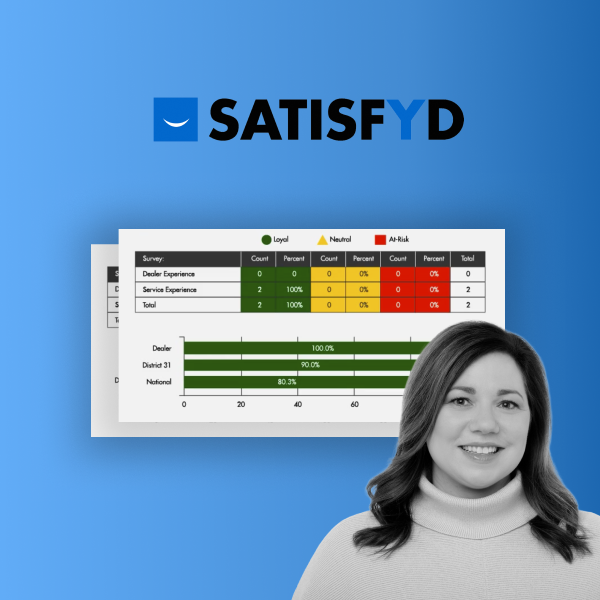Data-driven companies rely on smarter, faster sharing to get the most out of their information. Today’s leaders need to leverage valuable information by instilling a data-centric culture with tools in place to enable data transparency. A data-sharing mindset helps companies transform every process with increased clarity and informed decision-making.
Keep reading to learn more about how top companies are using data to improve and grow.
The Importance of Data Transparency
Before discussing data sharing trends, it’s important to consider the importance of data transparency. Whether you are sharing data inside your organization or externally, you should provide transparency on why information is collected and how it will be used.
For example, let’s say you survey employees on how a specific initiative is going and ask for feedback on any concerns. Data transparency would mean expressing who will be able to see the results and whether or not responses are anonymous. Without that information upfront, employees may feel uncomfortable responding at all.
Along with keeping your employees informed, your data transparency efforts should align with the compliance regulations of your location or industry, like GDPR or SOC 2. Data sharing won’t strengthen your business if a lack of transparency makes people uncomfortable.
Always keep your audience and participants at the forefront of your data-sharing strategy. When you are upfront about your purpose in collecting data and how it will be used moving forward, people are more willing to share.
10 Ways to Use Transparent Data Sharing Practices for Business Growth
As you collect information, a data-sharing culture can help your business be more effective and productive. Here are ten ways data sharing can improve growth for your organization.
1. Make the Most of Company Knowledge
The increased move to dispersed workplaces has left many companies floundering. You need an information hub where your top data exists — ready for employee access at any time. Younger generations find it natural to share data (and frustrating to wait for responses).
With today’s on-demand technology, you can get more out of your information by creating a central hub and data-sharing workflows. A strong data-sharing strategy can lead to advanced business intelligence (BI).
2. Standardize Information
If every employee is approaching problems in a different way, the door is wide open for inconsistencies and mistakes. These concerns will only grow as your company scales or your workforce expands.
Standardizing your processes and workflows can help you unite your teams and bring order to rapidly scaling operations. Create consistent guidelines for how data is collected, where it is stored, what format is used, and where it is used to strengthen your data transparency practices.

3. Provide Self-Service Support
Have you ever hesitated to ask a question because you were afraid you’d be judged for not already knowing the answer? When companies have an internal portal with a knowledge base, employees can access self-service BI tools and on-demand support. Not only will your team feel empowered to seek out their own answers, but senior employees will have fewer repetitive questions to answer.
While human interaction is still essential, a robust database can help your team quickly find important information without stalling their day-to-day productivity.
4. Enable Intuitive Discovery
If your team is looking for something, your data should be organized in such a way that they can find it — even if they aren’t sure it exists. Intuitive data discovery requires a user-friendly portal and a standardized approach to data management.
5. Increase Data Literacy
In order for your employees to get the most out of your data, they need to be skilled and experienced in using it. Encourage data literacy within your organization to help employees understand what kind of information they are accessing and how to apply it to their daily workflows.
Set aside time to teach employees how to navigate your portal or dashboards, then leverage their findings in various roles or departments across your organization.
6. Promote Cross-Functional Collaboration
Siloed internal operations can lead to missed deadlines or miscommunications. With data-sharing structures in place, your team can communicate more effectively and collaborate on strategic, data-driven work across departments.
Data sharing makes it possible to provide customers with informed support and a seamless customer service experience. Plus, it encourages multiple teams to work together toward shared goals and increase visibility into other departments’ data-driven initiatives.
7. Focus on Accuracy to Build Trust
You need to trust your data if you are going to use it to inform decisions. According to Gartner, only 5% of organizations correctly identify and use trusted data sources.
Use discretion to ensure only the highest quality data is shared among your team. You can hurt the buy-in process if people doubt the data included in your portal. Build trust by being committed to data transparency and selective about the information you collect, use, and promote.
8. Start Networking With Data Lakes
Businesses are increasingly looking for ways to use data to form stronger relationships with other businesses, vendors, stakeholders, and customers. One of the ways your organization can turn data into a shareable asset is via "data lakes," by creating shared databases between your business and selected partners.
There is a huge value in sharing accurate and insightful data with your network. In fact, the data lakes market is estimated at a value of $3.74 billion and is expected to grow at a fast rate of 29.9% over the next five years.

9. Utilize Data Give and Take
Customers, clients, vendors, and partners are often willing to give up certain information in exchange for an equivalent value offer. If you want to get your leads on a contact list or understand more about why someone is on your site, you should offer an equivalent value.
Gain access to helpful information by understanding the give-and-take nature of data sharing. For example, offer a guide or eBook in exchange for personal information. Always be transparent when asking for data — deliver on the value you promise and be responsible with the information you collect.
10. Offer Tailored Solutions
You can also set up portals to appeal to different user groups. Portals allow you to share data that’s tailor-fit to the workflows of a specific department, customer segment, or set of partners. By creating a portal for each audience, your organization can offer different forms of data-driven support to different types of users.
A tailored approach to data sharing enables clarity for those with access to your data. Boost productivity for your teams by putting relevant, high-value data at their fingertips and eliminating excess clutter on the dashboards and reports they interact with each day.
Enable Data Transparency and Sharing With TARGIT
Are you ready to strengthen your business with a responsible and transparent approach toward information sharing? TARGIT can help.
Our user-friendly data-management solutions can be implemented without onboarding or training time. We can help you turn your insights into useful data to empower your organization.
Build a robust data-driven culture committed to transparency with TARGIT. Talk to our team to request your demo.
.png)



